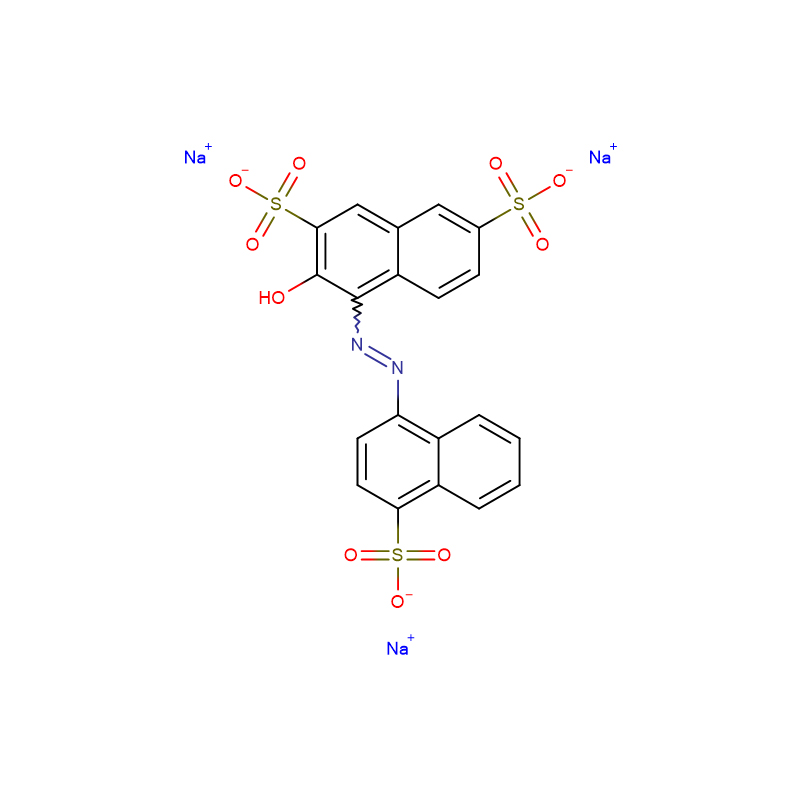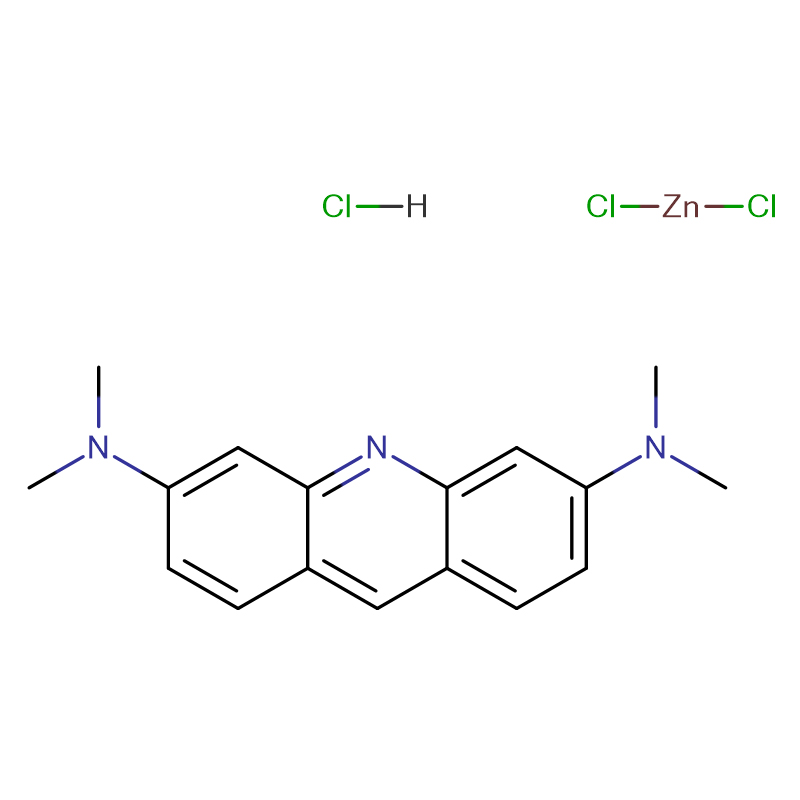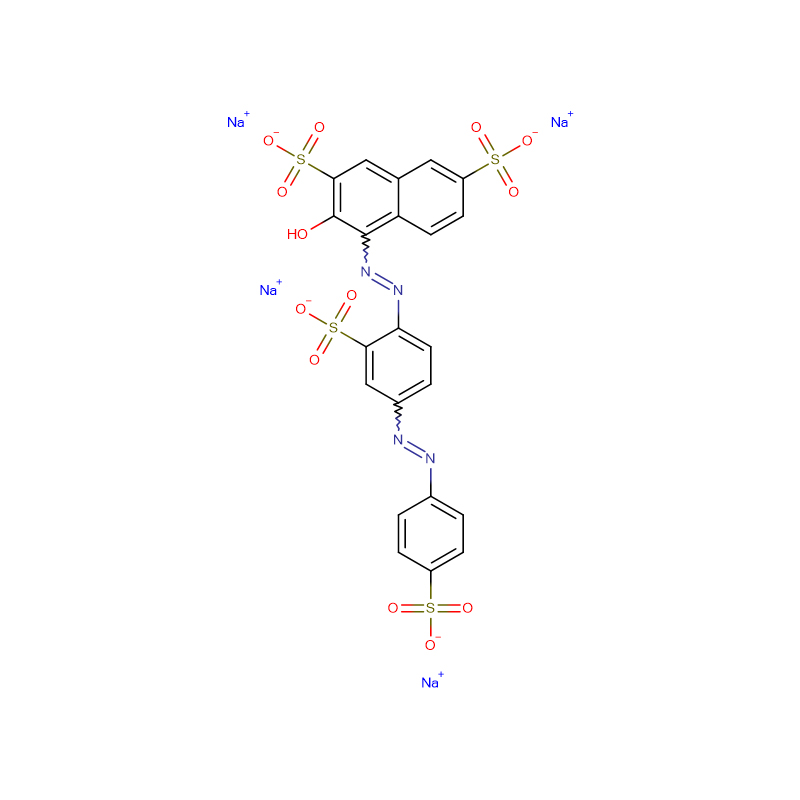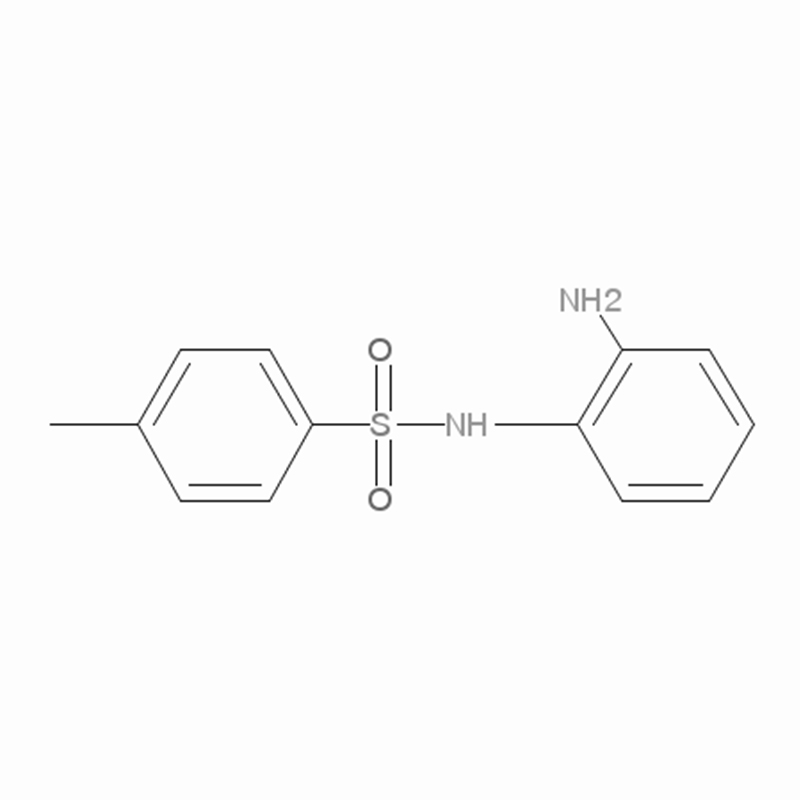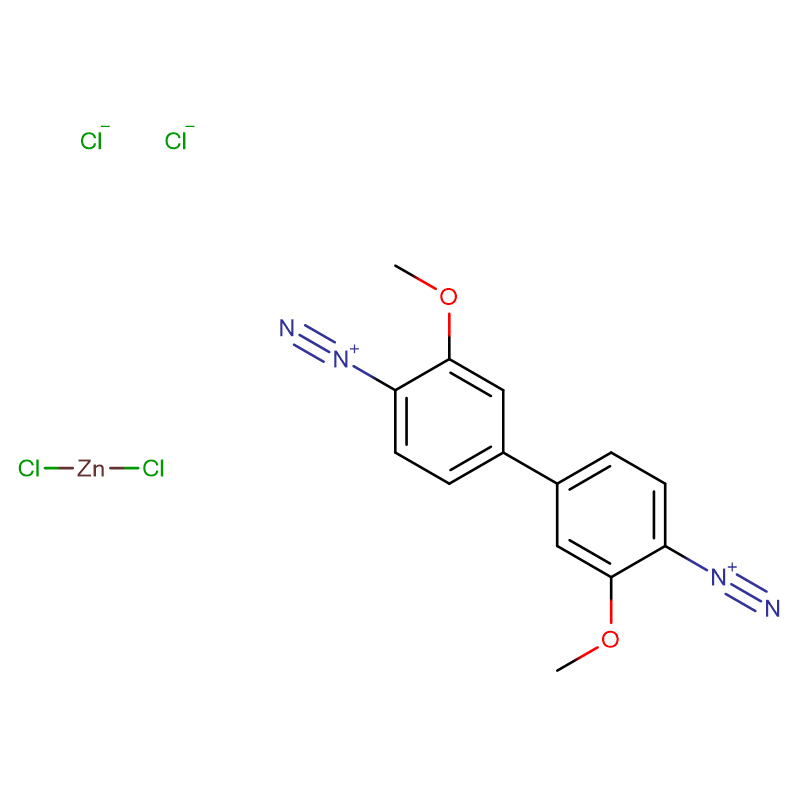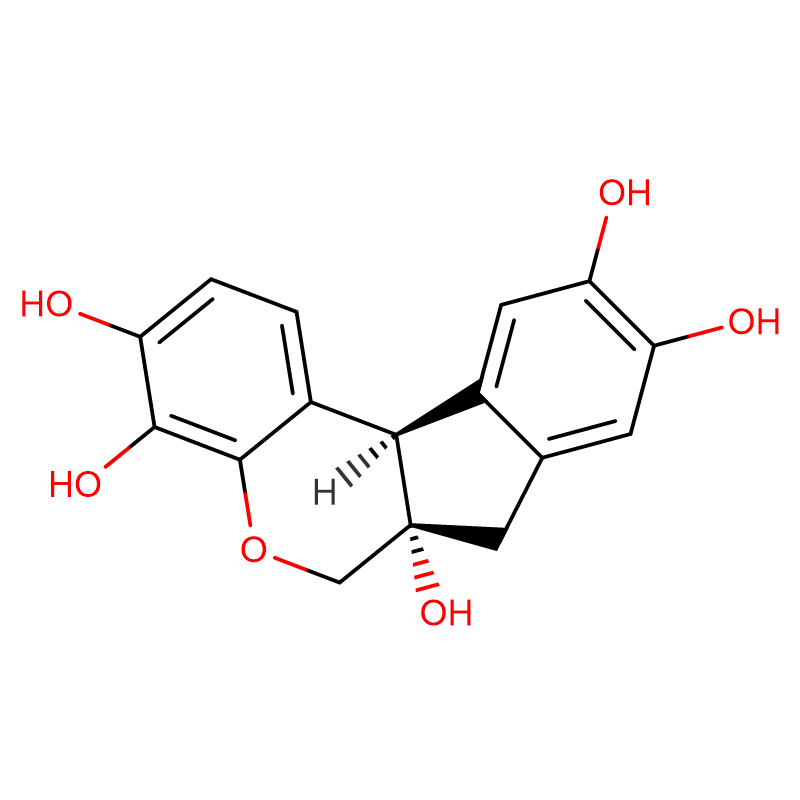Amaranth CAS:915-67-3
| Catalog Number | XD90481 |
| Product Name | Amaranth |
| CAS | 915-67-3 |
| Molecular Formula | C20H11N2Na3O10S3 |
| Molecular Weight | 604.46 |
| Storage Details | Ambient |
| Harmonized Tariff Code | 32129000 |
Product Specification
| Appearance | Solid |
| Assay | 99% |
Application: Edible red No. 2 pigment (amaranth red pigment) is a Japanese food synthetic pigment (Japan Kuei Chemicals Co., Ltd.), with a content of more than 85%, powder form, 5kg/barrel in the original Japanese packaging, mainly used for the production and processing of various foods, The product made is bright in color, resistant to light and high temperature, and will not fade after long-term storage.
Chemical Properties: Reddish-brown to dark reddish-brown powder or granules. Odorless. It has strong light resistance and heat resistance (105°C), and has poor oxidation resistance and reducibility. It is not suitable for fermented foods and foods containing reducing substances. Stable to citric acid and tartaric acid. It turns dark red in case of alkali. It is easy to fade in case of copper and iron. The dyeing power is weak. Soluble in water (17.2g/100ml, 21℃) and glycerol. The aqueous solution is purplish. Slightly soluble in ethanol (0.5g/100mL of 50% ethanol).
Uses: used for coloring of food, medicine and cosmetics.
Uses: used as food colorants, pharmaceutical and cosmetic colorants
Uses: Used as food coloring agent, my country stipulates that it can be used in red and green silk, dyed canned cherry (for decoration), the maximum usage amount is 0.10g/kg; in various beverages, prepared wine, candy, and cakes , green plum, hawthorn products and dipping dishes, the maximum usage is 0.05g/kg.
Uses: As a food coloring agent, my country stipulates that it can be used in red and green silk, dyed canned cherries (for decoration), the maximum use amount is 0.10g/kg; in various beverages, prepared wine, candy, cakes, color decoration, In green plum, hawthorn products and dipped side dishes, the maximum usage amount is 0.05g/kg.
Uses: redox indicators, such as indicators for titration of trivalent arsenic, antimony and hydrazine; food, drug and cosmetic coloring, cell staining in tissue culture; color photomicrography; wool and silk dyeing


